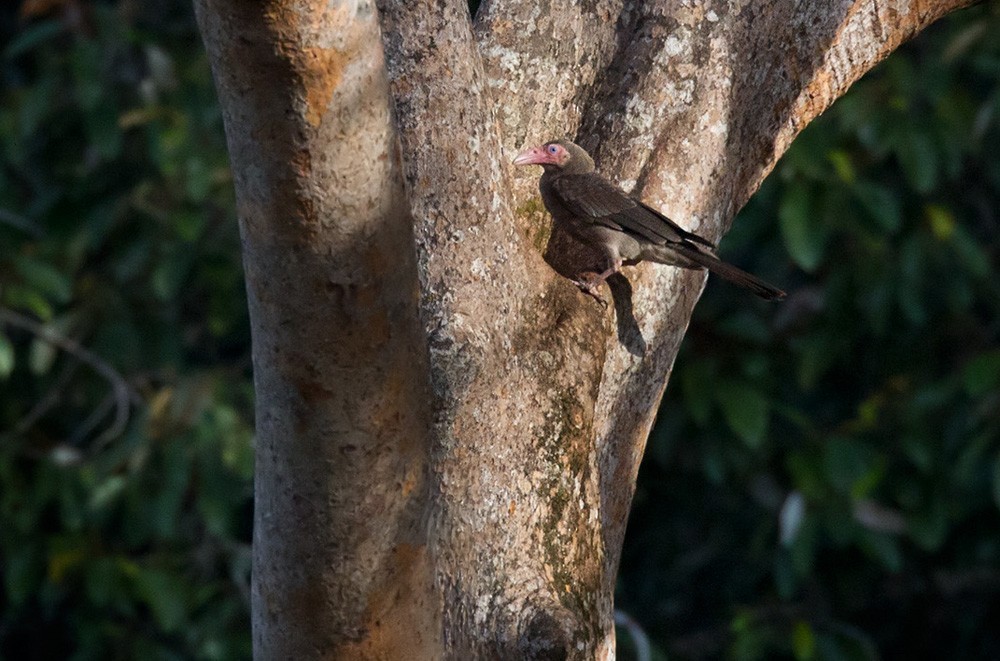Grey Crow
A species of Crows Scientific name : Corvus tristis Genus : Crows
Grey Crow, A species of Crows
Botanical name: Corvus tristis
Genus: Crows
Content
Description General Info
 Photo By Lars Petersson
Photo By Lars Petersson Description
The grey crow (Corvus tristis), formerly known as the bare-faced crow, is about the same size (42–45 cm in length) as the Eurasian carrion crow (Corvus corone) but has somewhat different proportions and quite atypical feather pigmentation during the juvenile phase for a member of this genus. The tail feathers are relatively long and graduated and the legs are relatively short. The overall colouring of the adult bird is black with randomly bleached wing and tail feathers. A large region around the eye is quite bare of feathering and shows pinkish-white skin with the eyes a bluish-white. The bill is unusual too in being very variable, bluish on upper mandible and pinkish-white on the lower in some specimens, while on others the whole bill is pinkish white with a darker tip. The forward pointing nasal bristles so often prominent in other Corvus species are very reduced also. The juvenile bird by comparison has remarkably pale plumage being light brown to cream, the wings, tail and primaries showing blackish-brown and fawn and the head and underparts often almost white. The species occurs all over the huge island of New Guinea and associated offshore islands in both primary and secondary forest in both lowland and hill forest up to 1350 m. Feeding is both on the ground and in trees taking a very wide range of items. Fruit seems to be very important making up a large percentage of the intake though small animals such as frogs and aquatic insect larvae are taken from shallow water on sand or shingle beds in rivers. When foraging through the trees the birds keep loose, noisy contact with each other and usually number between 4–8 individuals. The voice is described as a weak sounding 'ka' or a whining 'caw' with other hoarse sounding notes added when excited. 
Size
56 cm
Nest Placement
Tree
Feeding Habits
Grey Crow primarily consumes fruits and insects, gleaning food from foliage and the ground, often foraging in noisy groups. They occasionally scavenge and may change diet when nurturing young.
Habitat
The grey Crow is frequently found in primary rainforests, edges of forests, areas of regrowth, and swampy forests. These birds adapt to human-modified landscapes as well, including gardens. They are also known to venture into open spaces and the vicinity of riverbanks or sandbars in lowland regions.
Dite type
Omnivorous
General Info
Feeding Habits
Bird food type

 Photo By Lars Petersson
Photo By Lars Petersson Scientific Classification
Phylum
Chordates Class
Birds Order
Perching birds Family
Crows and jays Genus
Crows Species
Grey Crow